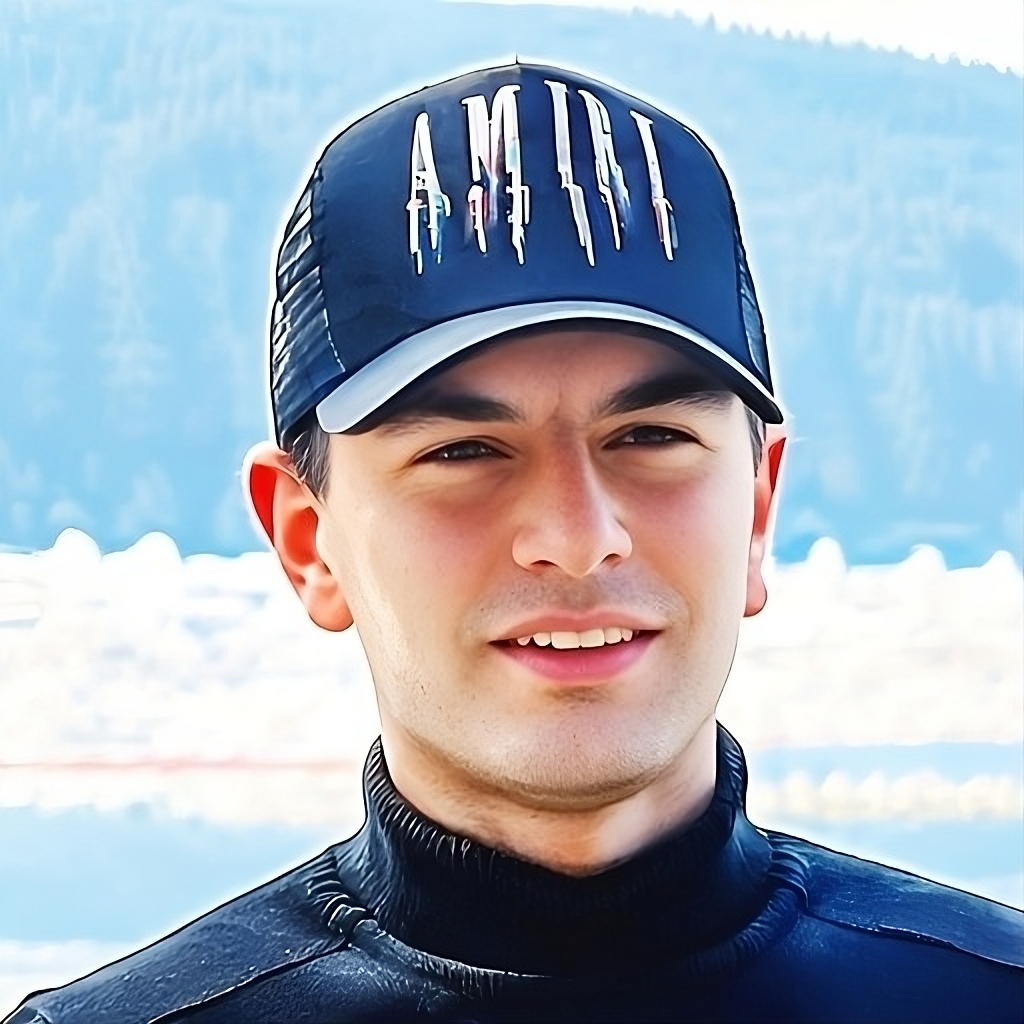.png)

VAHE ASLANYAN
This project, launched on September 1, 2021, harnessed Convolutional Neural Networks (CNNs) to improving Land Use and Land Cover (LULC) classification through satellite imagery analysis, impacting industries from environmental monitoring to urban planning worldwide.
Challenge
The primary challenge was rooted in the intricate process of interpreting Earth's surface characteristics from satellite images. The objective was not only to discern the physical attributes of the land (land cover) but also to comprehend its utilization (land use). This information holds profound importance, influencing decisions in domains as diverse as agriculture, forestry, urban development, and disaster management. The consequences of misclassification or ambiguous LULC data ripple through multiple sectors, underscoring the challenge's magnitude.
Goal
The overarching goal was to advance the frontiers of LULC classification precision through the application of sophisticated techniques. Leveraging transfer learning, we fine-tuned a pre-trained ResNet CNN architecture using the EuroSAT dataset, which comprises labeled satellite patch images. The ultimate aim was to develop a model with the capacity to interpret satellite data accurately, categorizing land into distinct classes such as forests, water bodies, and urban areas. This achievement not only enhances environmental monitoring but also serves as a valuable resource for urban planners, policymakers, and researchers.
TECHNOLOGIES USED
The project's arsenal includes Python as the core programming language, Fastai for streamlined deep learning development, and Google Colab for GPU-powered execution. Convolutional Neural Networks (CNNs), particularly a pretrained ResNet architecture, are pivotal for image classification tasks. Transfer learning refines the model using the EuroSAT dataset, while the dataset itself comprises labeled satellite patches sourced from Sentinel-2 satellites. Data augmentation diversifies the training data, and machine learning metrics like accuracy gauge model performance. Data preprocessing readies the EuroSAT dataset, and model evaluation techniques, such as confusion matrices, provide insights. Finally, Matplotlib aids in visualizing images and model metrics.
Solution
The solution adopted a multifaceted approach. Through the strategic application of transfer learning and fine-tuning of a pre-trained ResNet50 architecture, the project achieved an impressive accuracy rate, nearing 98%. This remarkable performance meant that the model excelled in the differentiation of diverse land covers, even in scenarios where challenges like similar spectral responses between land types (e.g., rivers and roads) existed. The success of this model represents a powerful asset with far-reaching implications, benefiting a wide spectrum of industries, including urban planning for land-use change identification and environmentalists engaged in deforestation monitoring.
.png)
.png)

.png)

.png)